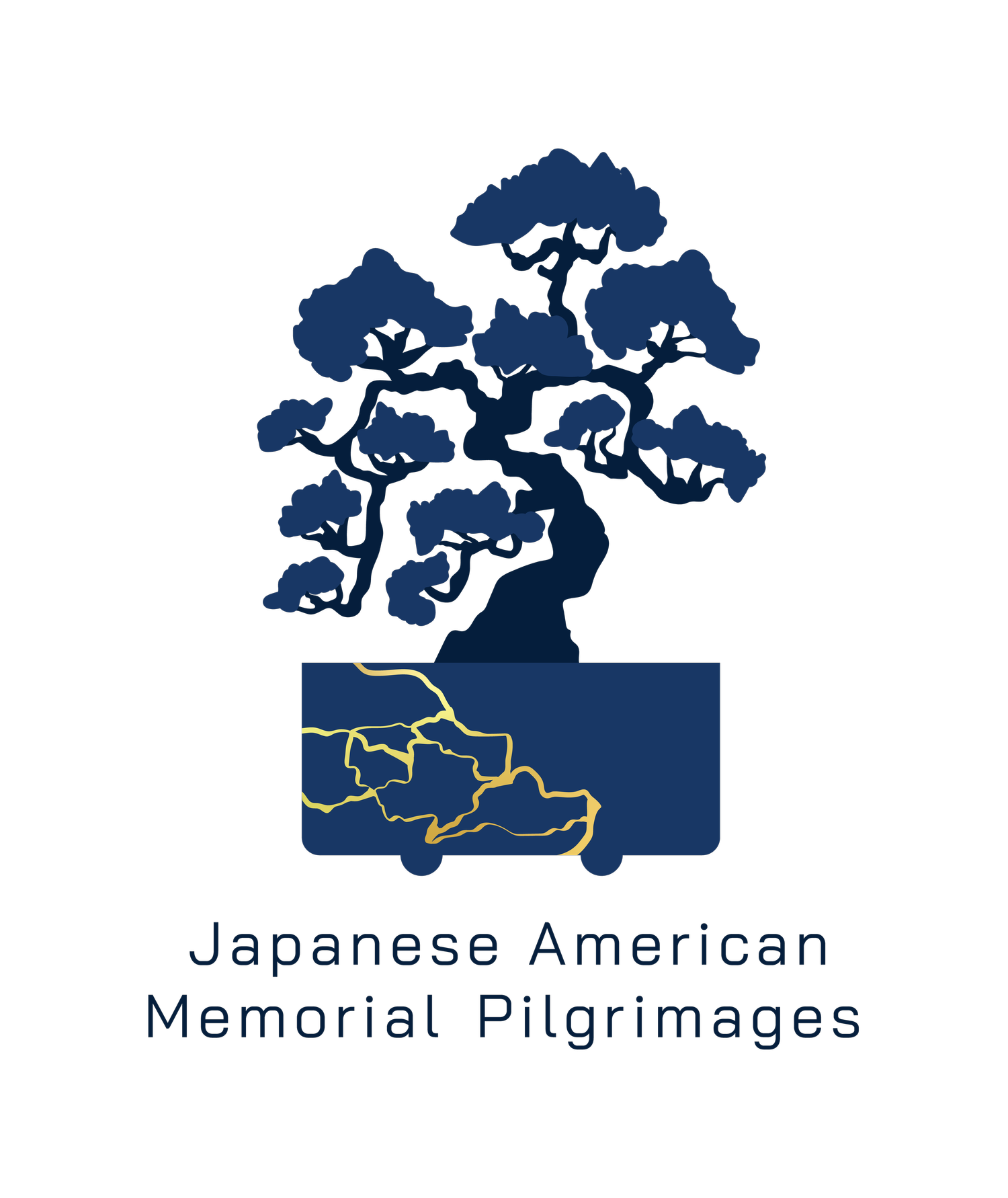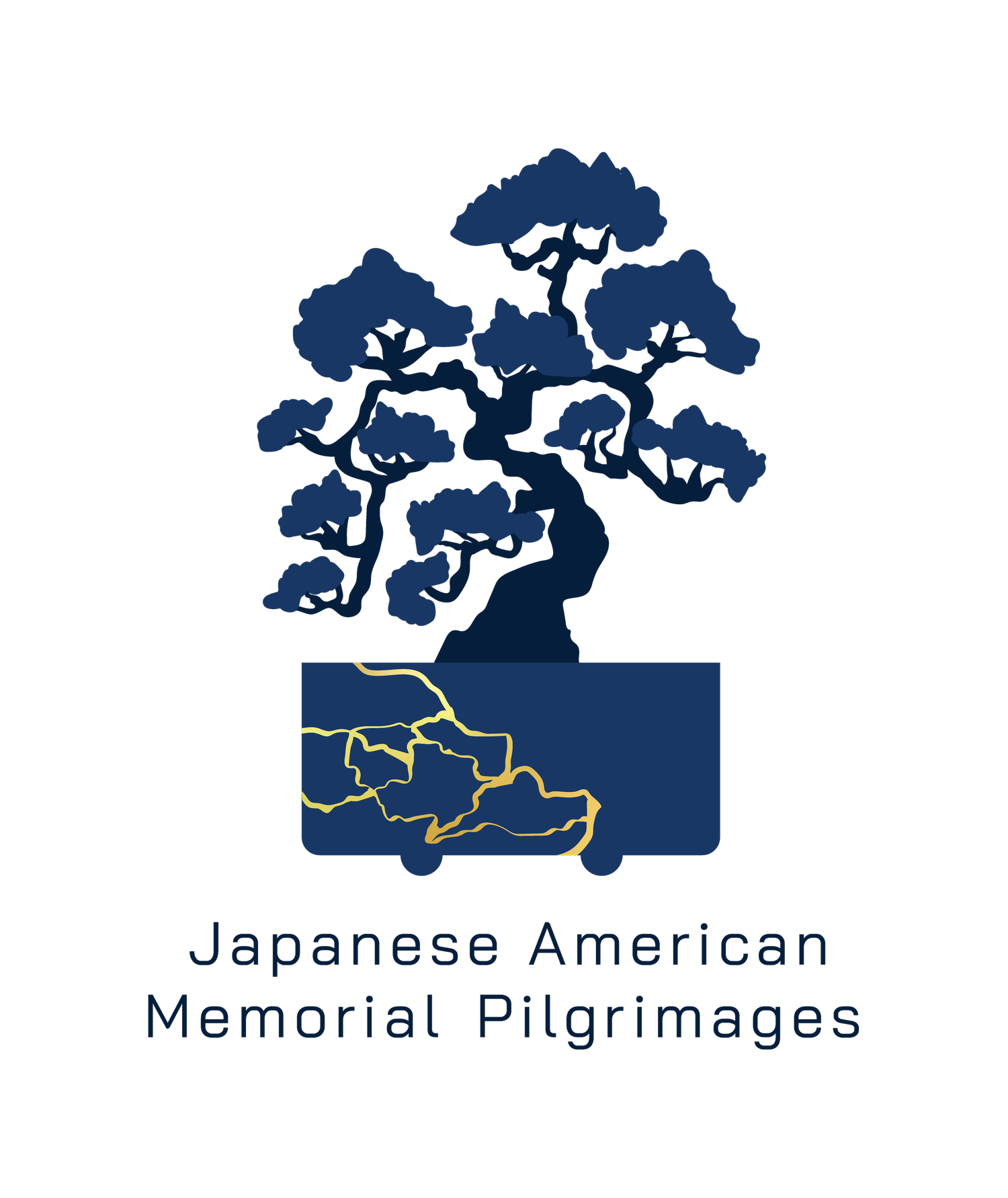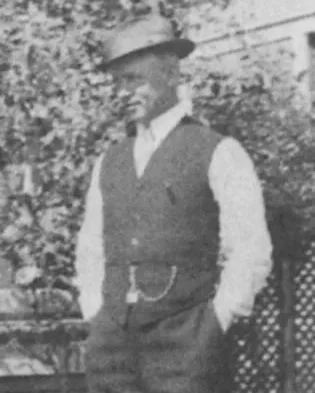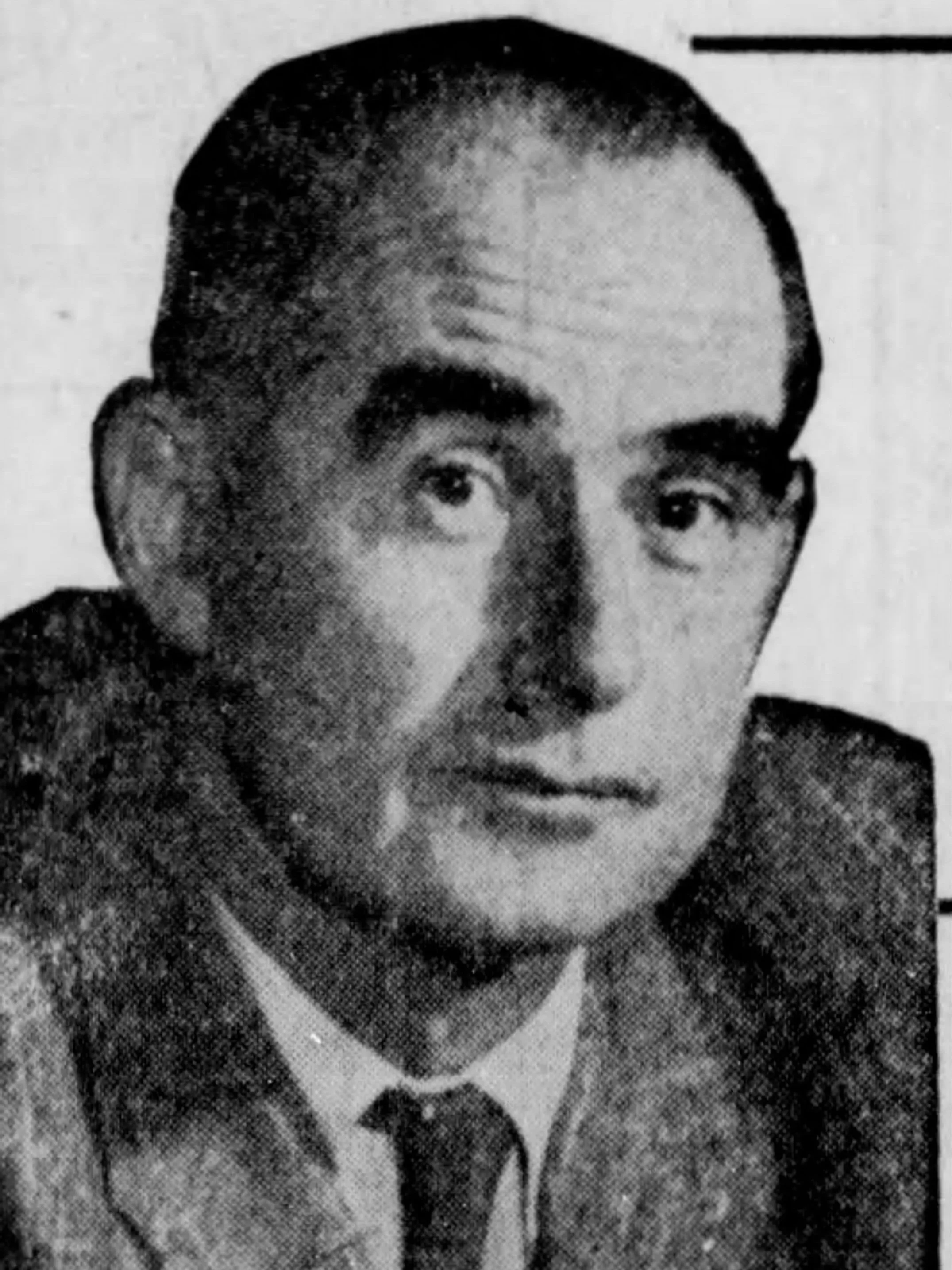Fading Into History:
The Redman Hirahara House and the Quiet Erasure of Our Past

If you’ve driven through Santa Cruz county on Highway 1, you’ve seen the Redman Hirahara House. Sitting just off the freeway on the outskirts of Watsonville, the Victorian house was built in 1897 by famed architect William H. Weeks. To some, the house looks like an abandoned haunted mansion or a dilapidated eye sore. Recently, the Santa Cruz County Board of Supervisors voted to delist the house from its Historic Resource Inventory. This could pave the way for its eventual demolition, erasing its rich history.
James Redman - photo courtesy of Richard StauffJames Redman, a sugar beet farmer and one of the early residents of the town of Watsonville. As a prosperous farmer, he sought out local architect William Weeks who had just opened an office in Watsonville a few years earlier. Weeks was already well known as a prolific architect having built more buildings (schools, libraries, civic buildings, and homes) than almost any other architect in California.
William H. WeeksIn 1937, the property was sold to 23-year-old farmer, Jim Katsumi Tao. Tao was related to the Hirahara family through marriage. In 1940, he sold the house to the oldest Nisei Hirahara son, Fumio, who was only 16-years-old at the time. This was a common practice during this time period because California Alien Land Laws prevented non-citizens from buying property. The Issei (first generation) were not eligible for naturalization, so property would be purchased under the names of their Nisei (second generation) children.
John McCarthyAfter the bombing of Pearl Harbor, the Hirahara family thought it might be better for them if they left the coast, so they went to Fresno to stay with family. Unfortunately, that did not keep them from being incarcerated. They had to report to the Fresno Assembly Center and then were sent off to Jerome, Arkansas while the Watsonville folks went to Poston, Arizona. Unlike most Japanese American families who had to leave their farms and property behind, a local attorney, John McCarthy, looked after the property and crops while the family was in Arkansas. He even visited the family in Arkansas.
Hirahara Family 1946When the war ended and the Hiraharas were allowed to return to Watsonville, they were luckier than most because they had a house to return to. Most other Japanese American families had to start over from scratch after they left camp. Because of the Hiraharas good fortune, they opened up their farmstead to displaced Japanese American families and provided them jobs farming the land and a place to live.
The family would continue to live in the house for the next 40 plus years until the 1989 Loma Prieta earthquake. The damage to the house made it uninhabitable and it has remained that way, slowly deteriorating over the last 35 years.
Hirahara House 2014Hirahara House 2025Despite failed attempts to preserve the house in the early 2000s, the site has sadly continued down a steady path towards demolition by neglect. Its recent delisting as a historic resource increases the likelihood of the house being completely dismantled, perhaps eventually replaced with more soulless commercial sprawl. The erasure of this house from the landscape would be much more than the removal of a site of architectural interest, it would mark the loss of something with deep communal meaning, a place whose lessons and legacies reverberate into the present.
Historic preservation is, at its heart, a grassroots effort to save the places and stories that reflect the values of our community and our place within the larger national story. The history of the Redman Hirahara House is a reminder of the labor, pride, and resilience of generations past. It also leads us to ponder how we respond as citizens and neighbors to injustices happening within our own communities in the present.
A restored Redman Hirahara House could serve as a cultural center, a place for local people to learn about their history and for visitors to understand the county’s importance to the American story. The site should be preserved as a reminder of our shared past, but also of the future we can build on the foundations of where we have come from. The last chapter of this house has not yet been written.
Join the conversation!
Check out our Facebook group about the Hirahara house







